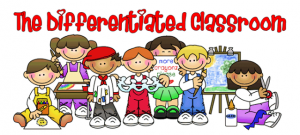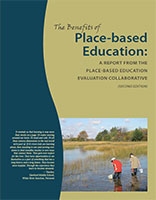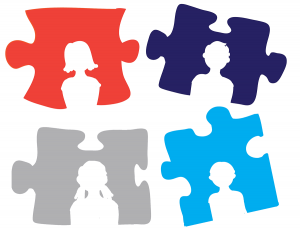Practicum Reflection
March 3, 2016
Yesterday was such a productive day on practicum. First thing in the morning, my students watched the remainder of the movie, “Holes.” My SA finished reading the book last week, so as promised, she showed the movie to help the students visualize the events, characters and settings from the novel. After watching the movie, my SA conducted a discussion with the class. She began asking them to compare and contrast the book to the movie. Instantly, students were able to identify the differences. Students noticed that there were certain scenes in the movie that were never mentioned in the novel. Also, they recognized how the movie elaborated and altered the appearance of characters, which were very different to how the author described the certain characters in the novel. To my surprise, my students were able to point out the small differences to the props and small details. I enjoyed this discussion because I was able to see how my students were critically thinking. While a majority of them preferred watching the movie than listening to the book, the whole class agreed that reading the book gives more detail and context to the background of characters and events.
Relating to my inquiry, I witnessed differentiated instruction in my classroom. For quite a while now, my class has been working on their cursive writing. From practicing how to write letter-by-letter, they are now writing words and sentences depending on the student’s progress. However there are still a few students who have trouble printing, so their handwriting is not up to par to their peers. For differentiated instruction, my teacher has projected a YouTube video where it visually shows a step-by-step process of how to handwrite letters. She has also drawn dotted versions in books where students can draw over the lines. While the class is at different levels when it comes to handwriting as well as many other subjects, my SA has different approaches, different ways to instruct the diversity so that each student is learning the given subject/assignment at their own pace.
Another example of differentiated instruction was in P.E. During this period, I organized a plyometric relay for my class where students had to do 5 jumping jacks, 5 hulas on the hoops, and 5 burpees. In my class I have a student who has multiple sclerosis, so the burpees were going to be too difficult. Instead we told her to jump high on the spot 5 times. Differentiating this one move did not affect the other students, as they are all aware and accepting to accommodating to one another. Through this differentiation, the entire class was able to participate in a cardio filled activity.
I can see how differentiated instruction can make a major and minor difference to student engagement in lessons. If differentiation is not made I could see the decrease of engagement occurring subsequently. Teachers cannot teach the class as a whole that would be foolish. Instead, teachers must look at each student and increase engagement, learning, and motivation at their own pace.







